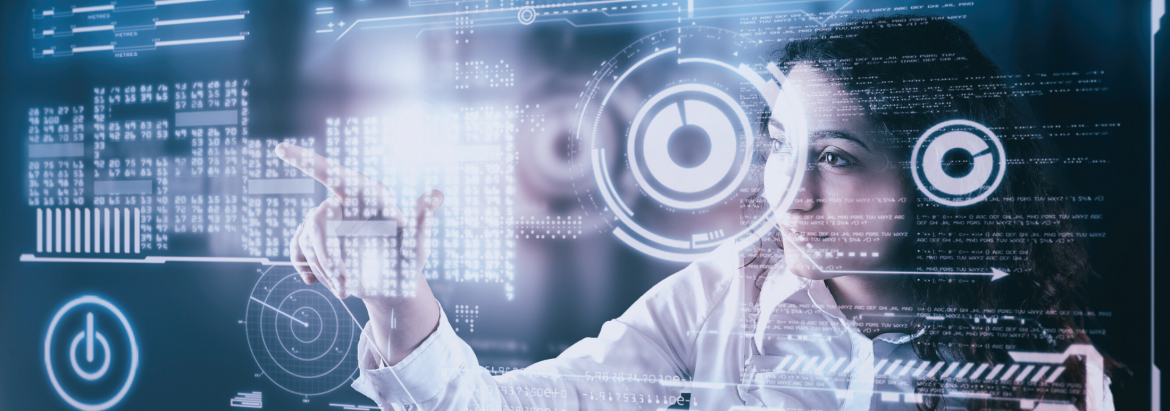
The Evolution from Monitoring to Observability


Legacy tools are no longer helpful in monitoring modern applications that are distributed. Application performance monitoring has become tough due to the increasing size and complexity of modern applications. Organizations are using observable applications that can be easily monitored. Application performance monitoring has changed a lot over the years. With the rise of new-age technologies, a paradigm shift is seen in the monitoring process. However, there is a thin line between observability and monitoring and, IT professionals may often get confused.
Modern systems are complex and require rigorous monitoring to detect incidents in real-time. The main motive of monitoring is to enhance operability and reduce the MTTR (Mean Time to Resolve). Monitoring lets IT teams know about critical issues in their IT infrastructure. Predefined logs and metrics are used to monitor the internal states of software systems in an organization. Businesses analyze the performance of their applications via monitoring. System failures are never linear which, makes application performance monitoring tougher. Traditional monitoring tools are no more used for complex distributed applications. New-age solutions like AI for application monitoring are being used by businesses.
Monitoring does not make your systems immune to power outages. Instead, they provide information about the health of software systems. With advanced monitoring solutions, you can get a panoramic view of system health and predict IT outages. Having said this, monitoring is a crucial process for examining system health and running complex software systems without any latency. However, monitoring cannot be done on a system that is rigid and does not reveal its internal states. Monitoring and observability go hand-to-hand to boost the IT infrastructure of an organization.
A system that is not observable cannot be monitored rigorously. Observability is defined as the ability to view the internal states of a software system or application. The internal states of a software system are decoded based on the external outputs. If a software system is not providing external outputs, there is no way one can know its internal states. Monitoring is something that is conducted after making sure the system is observable. An observable software system or application will help in finding answers to questions like:
Since the traditional monitoring tools don’t offer rich observability into software systems, businesses are looking for better solutions. AIOps (Artificial Intelligence for IT Operations) can make your software systems more observable. The complex and distributed IT infrastructure cannot be monitored manually by system administrators. It is why AI for application monitoring is the solution. Observability and monitoring can be improved with AIOps are as follows:
When the traditional monitoring tools started to fail for distributed and cloud infrastructures, there was a need for high observability. The best AIOps tools and products in the market are now offering rigorous monitoring with the least manual effort.
Please complete the form details and a customer success representative will reach out to you shortly to schedule the demo. Thanks for your interest in ZIF!